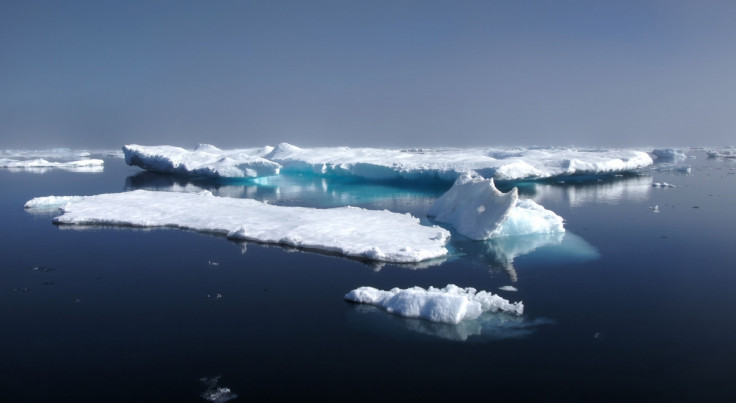Tepid North Pole: Arctic was completely ice-free 10 million years ago

The central Arctic was completely ice-free during the summer months, six to ten million years ago. Research shows parts of the North Pole had sea surface temperatures of up to 9°C.
The study, published in Nature Communications, sheds light on a relatively unknown time period for the Arctic. The discovery will also help scientists to generate more accurate future climate models.
The researchers, from the Alfred Wegener Institute, made the discovery after a 2014 expedition to the Lomonosov Ridge, Central Arctic. They wanted to analyse the history of the North Pole by using long sediment samples. They managed to excavate 18 sediment cores up to eight metres long.
"With the help of certain microfossils – so-called dinoflagellates – we were able to unambiguously establish that the lower part of this core consists of approximately six to eight million-year-old sediments," said Ruediger Stein, lead author of the study. They then used 'climate indicators' to establish the cover of sea ice in each time period along the sediment core.
These climate indicators include a type of aquatic algae that requires light to exist. If sea ice was present, the water underneath would be pitch black, as no light would get through. However, the sediment cores show the algae between six and ten million years ago, indicating that the Central Arctic was completely ice-free during that time.
Not only that, but this algae generates different compounds dependent on water temperature. The researchers used this information to discover the approximate temperature of the Arctic Ocean, up to ten million years ago; between four and nine degrees Celsius.
The scientists say that this is just the first step in uncovering the history of the North Pole's sea ice. They say that in order to fully understand historic Arctic climate, they need to study data from up to 60 million years ago. They have planned an Arctic drilling expedition for 2018, where they hope to uncover sediment cores detailing this piece of history.
© Copyright IBTimes 2025. All rights reserved.






















